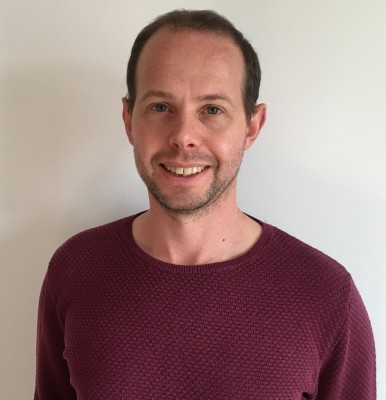Mathematics at the Interface Group
Our group carries out research primarily in interdisciplinary mathematics that interfaces with other disciplines, ranging from biology, to data science and statistics. Interdisciplinary mathematics is a fertile research area as there are many interesting problems in other fields where the power of mathematics can make a significant impact.
Welcome from head of group
Welcome to the Mathematics at the Interface Group.
Our research covers number of topics in interdisciplinary mathematics that interfaces with other disciplines. Topics range over diverse areas such as applied mathematical modelling, data analytics and statistics.
Professor David Lloyd
Head of the Mathematics at the Interface Group

Attend a mathematics seminar
Throughout the year we host various talks and seminars for students, staff and researchers.
Join us
Interested in our research? Then join us. If you have a query then please get in touch with any member of academic staff of our group.

Surrey Mathematics Research Blog
Read all about our research activities from talks and conferences to our student achievements.









